TATE EXHIBITION OFFERS A CHANCE TO EXPLORE ‘CONTEMPORARY CONTEXT’ OF ARTIST’S WORK
by AMIT ROY
WHEN the museums reopen, there will be many exhibitions to see.
Andy Warhol at Tate Modern, which I just managed to catch before the coronavirus shutters came down, definitely should be top of the list.
Perhaps only in America could a boy from a poor immigrant family rise to become “the most important American artist of the late 20th century and possibly one of the most famous Americans”.
This was the billing from Gregor Muir, director of collection, international art, at Tate Modern. He curated the exhibition, along with Fiontán Moran, assistant curator at the museum.
It was fascinating to see Warhol’s 100 Campbell’s Soup Cans (1962) and the Marilyn Diptych, done the same year.
His party trick, as we know, was to take an ordinary object or a face – Marilyn Monroe’s, in this instance – and repeat it several times, turning it into something else. Anybody could have done this, but he was the one who did.
How on earth did he conceive of the virtue of repetition to produce a work of art? Muir’s reply: “If you look at his work, it starts with the soup cans – an idea of products maybe being different soups, but they are (painted) over and over and over again. And that’s the beginning of mechanised product culture. So, it (the idea) is from the supermarket.”
Muir said the exhibition, with 100 works, “is not a retrospective, it is a take, a view on Warhol”.
He added: “There was a fake Warhol he would trot out endlessly – he was a highly intellectual artist.”
Warhol was born Andrew Warhola on August 6, 1928, in Pittsburgh, where there is a today a museum of his work. His father emigrated to the US from what is today Slovakia in 1914 and worked in a coal mine. He was joined by his wife in 1921.
The works are divided into rooms according to themes – Pop, The Factory, Silver Clouds, Exploding Plastic Inevitable, The Shooting (when a deranged woman emptied a pistol into him on June 3, 1968, so that it was a miracle a surgeon was able to save his life), Back to Work, Ladies and Gentlemen, Exposures, Mortal Coil, and The Last Supper.
Tate Modern’s director, Frances Morris, observed: “In this exhibition we find Warhol the commercial artist, a pop artist, a film maker; Warhol, a business executive, celebrity or a sell-out – in many respects he was the artist who courted or made little attempt to counter these personas. And as such it is easy sometimes to forget Andy Warhol was someone who chose to create art at a particular moment in time in a particular place in ways that continues to feel more relevant and influential today than ever.”
She said that the exhibition, a collaboration with Museum Ludwig, Cologne, “attempts possibly for the first time... to look behind the surface to present a more humane vision on this familiar artist, exploring how his life experiences shaped his life and career and drawing on new scholarship to provide a new lens to look at this American icon afresh.”
She added that in putting on the show, the questions that the curators had asked “were how this shy, gay man from an immigrant Catholic family came to forge his own unique path to perfectly reflect America. This exhibition asks visitors to contemplate the influences that shaped his family history, his deeply held beliefs, his queer identity and how they shaped his view of the world.”
She pointed out: “This is Tate Modern’s first Warhol show for almost 20 years. We hope it will give a new generation of visitors the chance to explore and understand his work in a very contemporary context. And for all of us who think we know Warhol, invented our own Warhols, (also) give us a chance to challenge some of those assumptions or characteristics that we have of Warhol as a person and an artist.”
There were some interesting comments on corporate sponsorship of the arts – we will need more of it, not less, when the coronavirus crisis is over – from Nikki Wright, arts programme manager at the Bank of America for Europe, Middle East and Africa.
British Asian businesses should take note. It seems helping the arts somehow boost profits.
“Warhol is one of the most recognisable artists of the 20th century,” said Wright, whose bank has had a long history of supporting the Tate.
She added that the bank wanted to attract a broader audience, aged 16-25, including people who had not previously been to the Tate. The idea was to expose them to “identity politics, sexuality, religion, death and social change – not for the faint-hearted.”
She had an uplifting message: “Like the Tate we believe the arts matter. They are a powerful tool for economies to thrive and educate and enrich societies and lift communities, individuals and aspirations. That is why we support more than 2,000 arts organisations worldwide. And our art support globally forms part of our responsible growth strategy.”





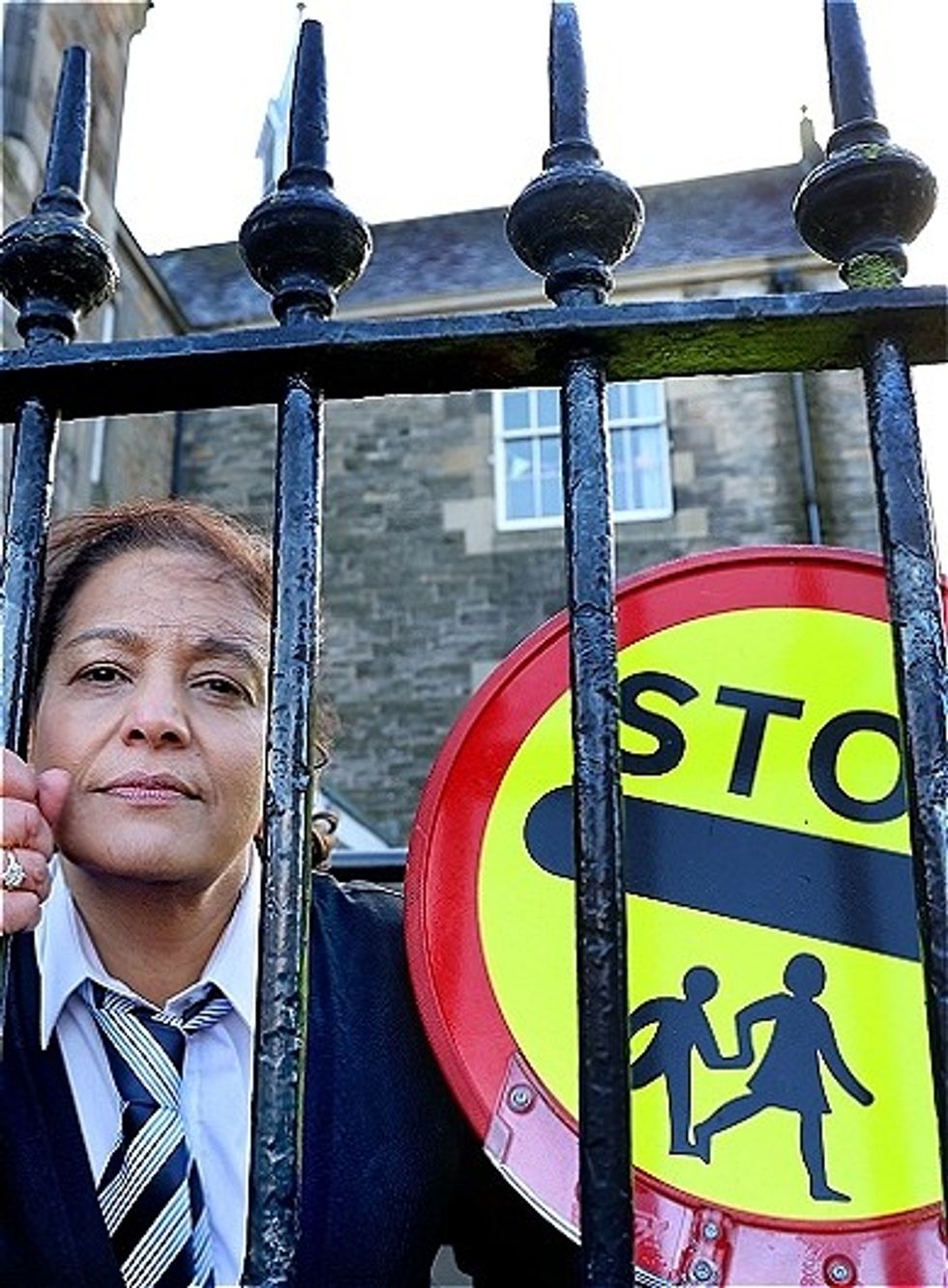 Lunchbox is a powerful one-woman show that tackles themes of identity, race, bullying and belongingInstagram/ lubnakerr
Lunchbox is a powerful one-woman show that tackles themes of identity, race, bullying and belongingInstagram/ lubnakerr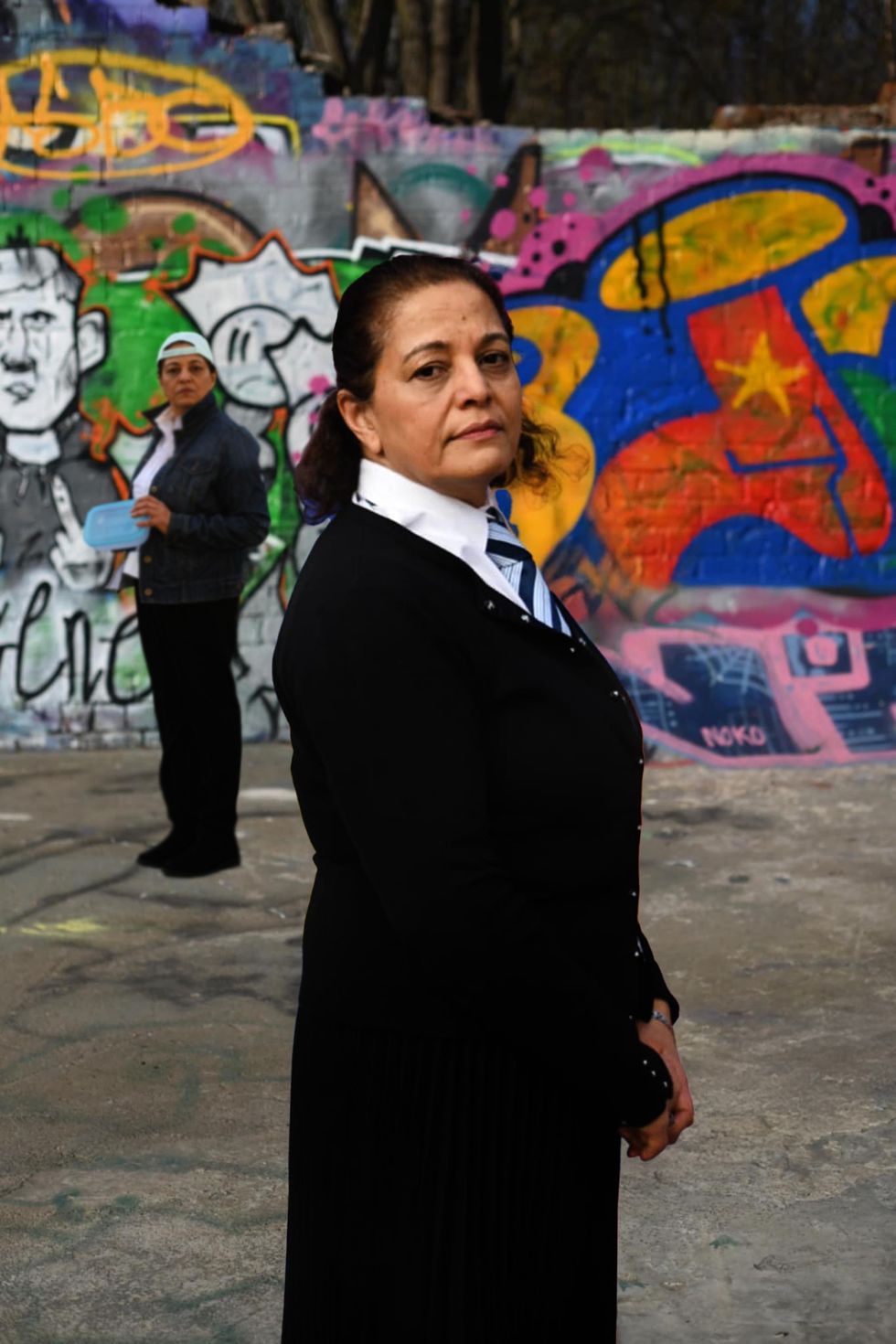 She says, ''do not assume you know what is going on in people’s lives behind closed doors''Instagram/ lubnakerr
She says, ''do not assume you know what is going on in people’s lives behind closed doors''Instagram/ lubnakerr








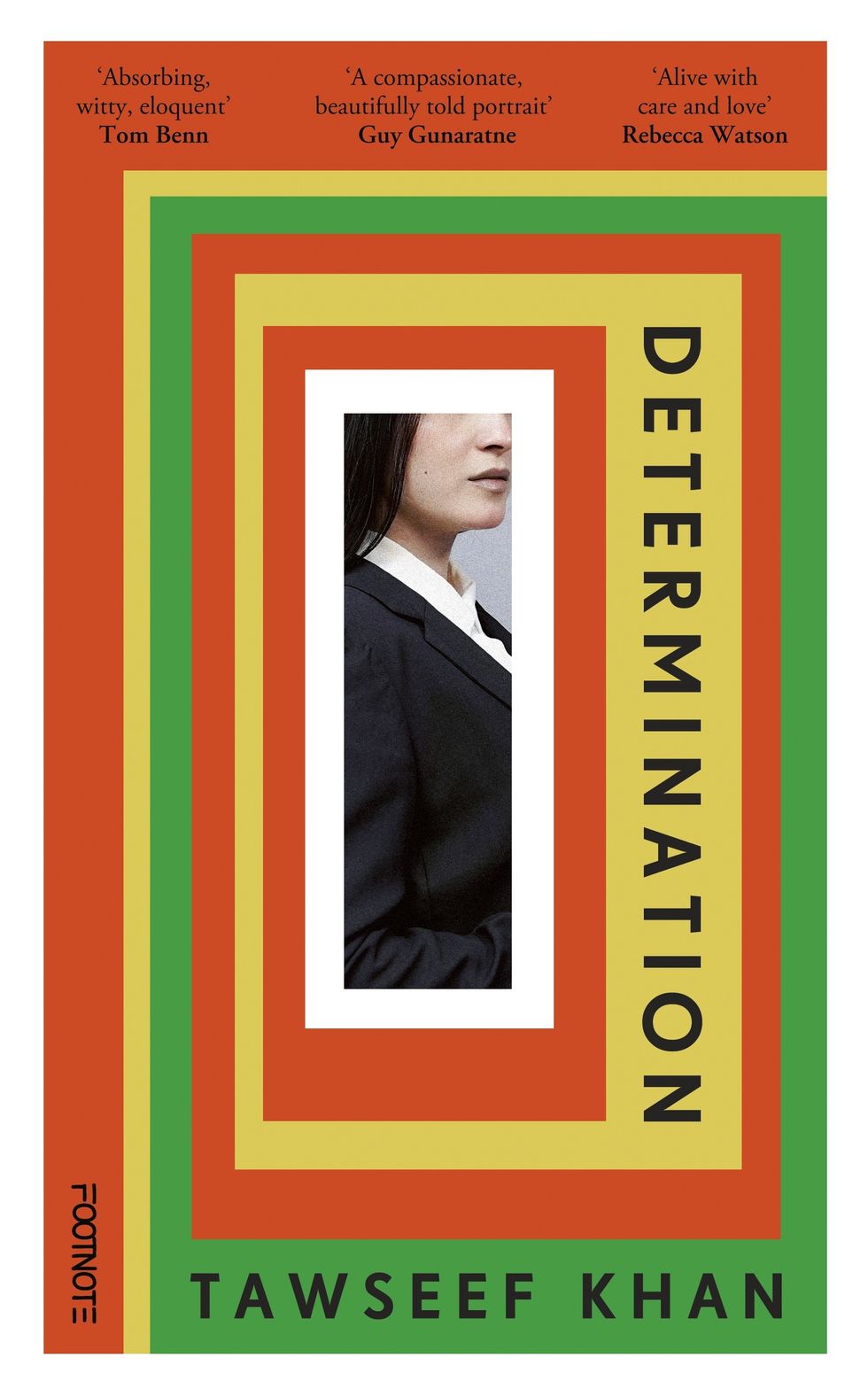 He says "immigrants are the lifeblood of this country"Instagram/ itsmetawseef
He says "immigrants are the lifeblood of this country"Instagram/ itsmetawseef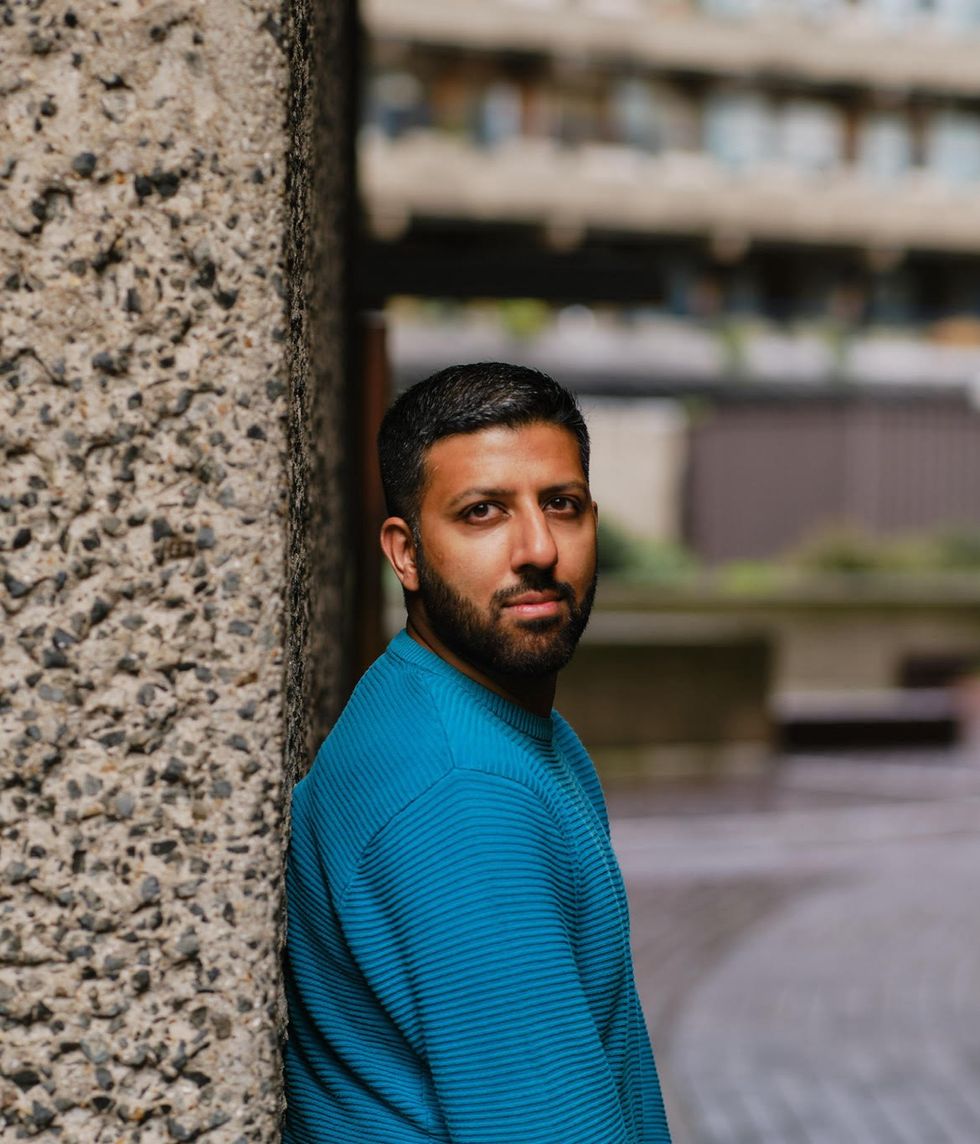 This book is, in a way, a love letter to how they raised meInstagram/ itsmetawseef
This book is, in a way, a love letter to how they raised meInstagram/ itsmetawseef
 The crew of The Ministry of Lesbian Affairs
The crew of The Ministry of Lesbian Affairs
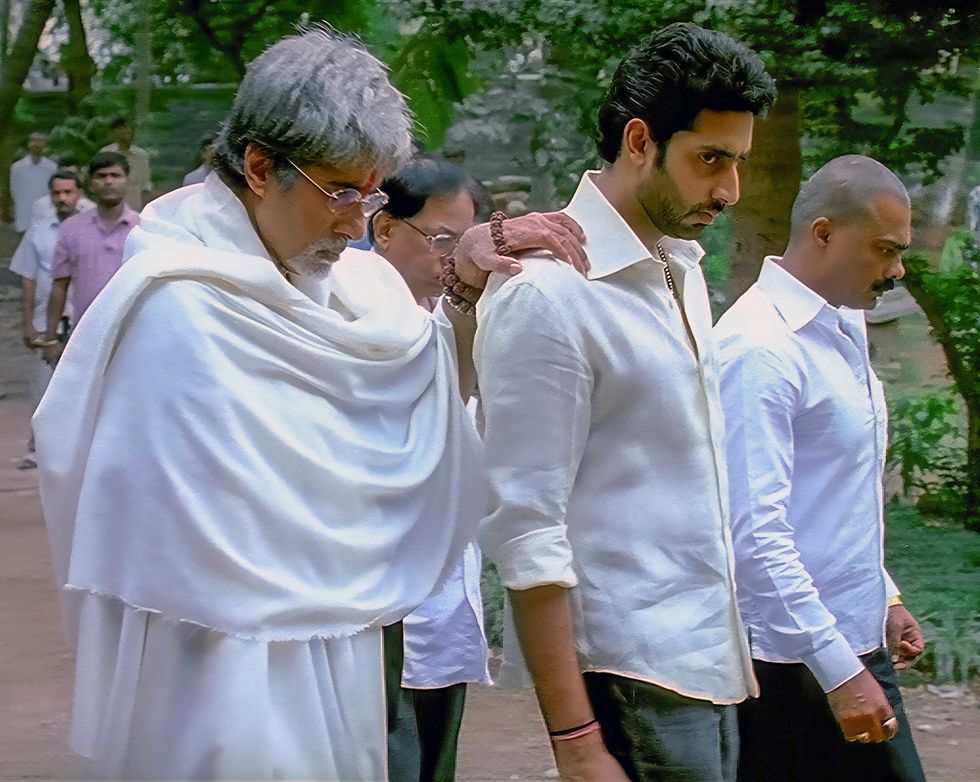 A still from Sarkar, inspired by 'The Godfather' and rooted in Indian politicsIndia Glitz
A still from Sarkar, inspired by 'The Godfather' and rooted in Indian politicsIndia Glitz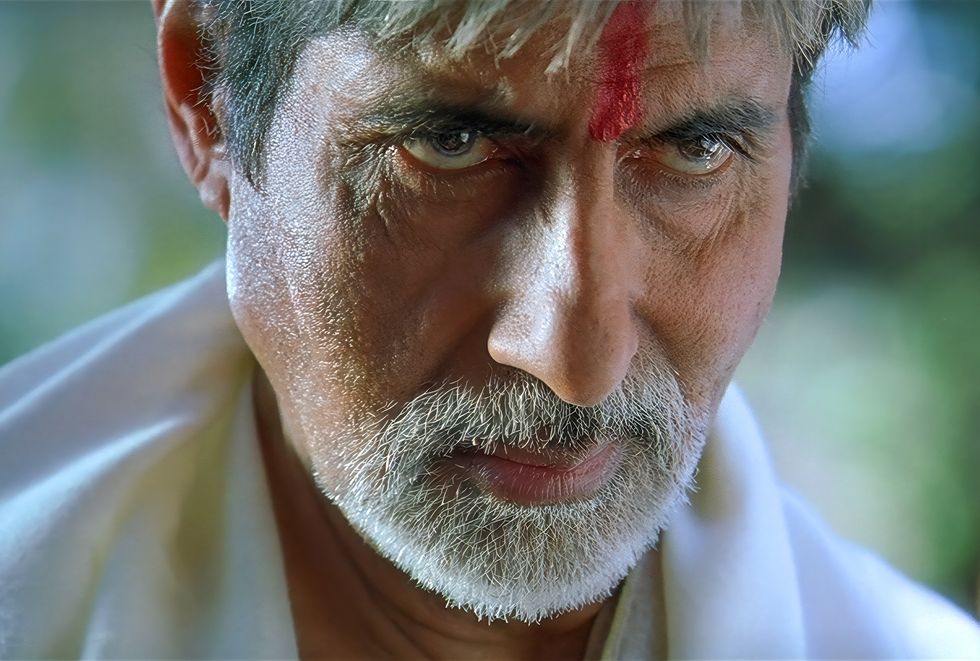 Sarkar became a landmark gangster film in Indian cinemaIndia Glitz
Sarkar became a landmark gangster film in Indian cinemaIndia Glitz The film introduced a uniquely Indian take on the mafia genreRotten Tomatoes
The film introduced a uniquely Indian take on the mafia genreRotten Tomatoes Set in Mumbai, Sarkar portrayed the dark world of parallel justiceRotten Tomatoes
Set in Mumbai, Sarkar portrayed the dark world of parallel justiceRotten Tomatoes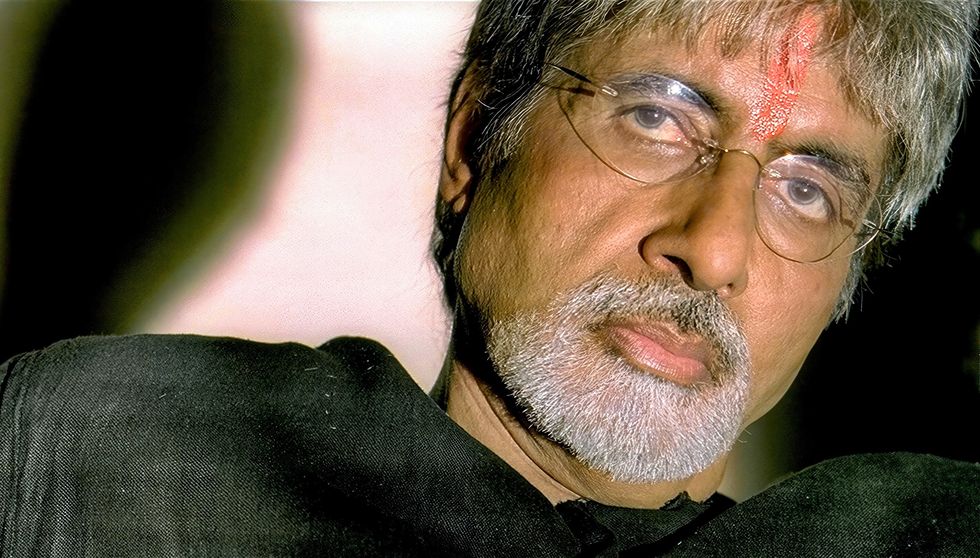 Ram Gopal Varma’s Sarkar marked 20 years of influence and acclaimIMDb
Ram Gopal Varma’s Sarkar marked 20 years of influence and acclaimIMDb
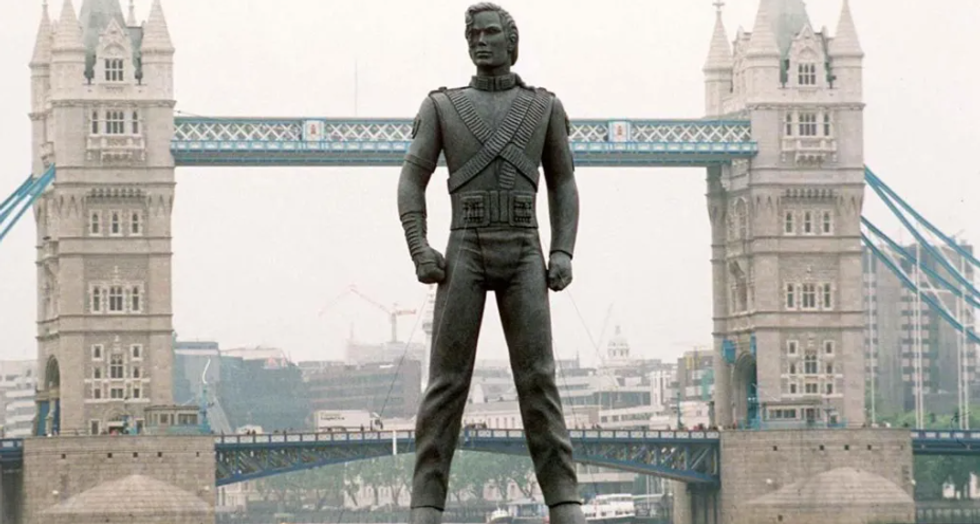 The statues were the product of a transatlantic effortGetty Iamges
The statues were the product of a transatlantic effortGetty Iamges